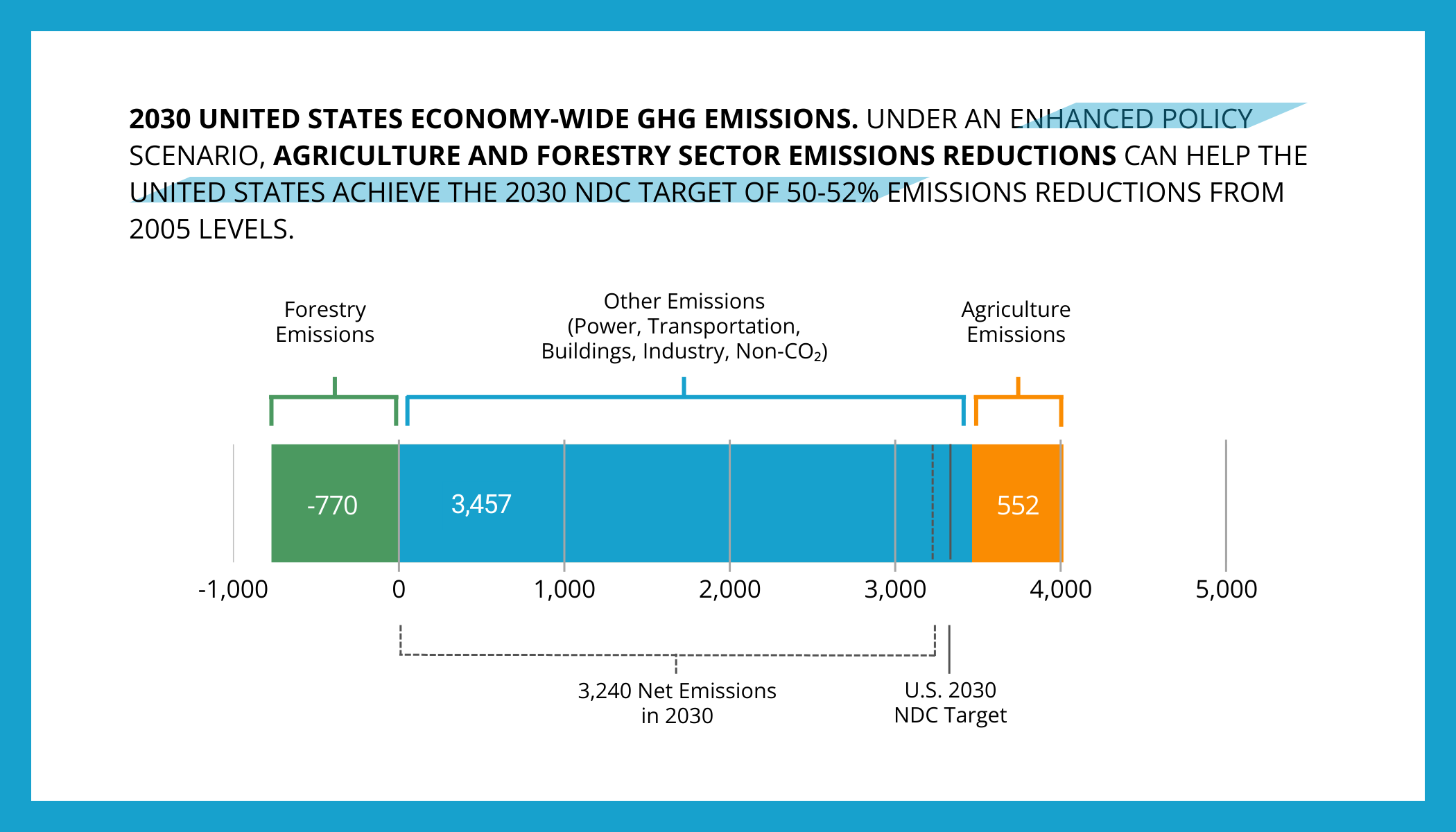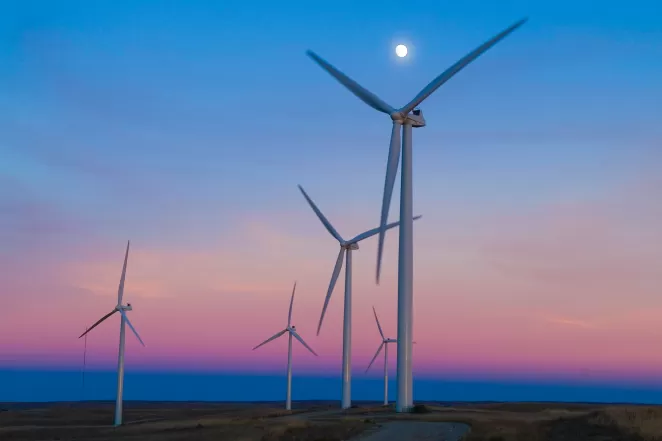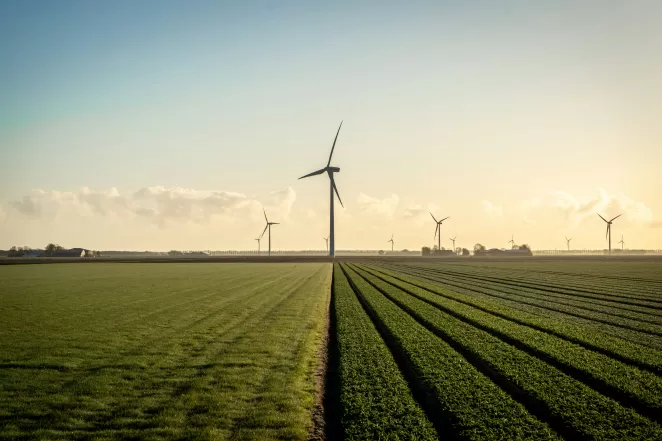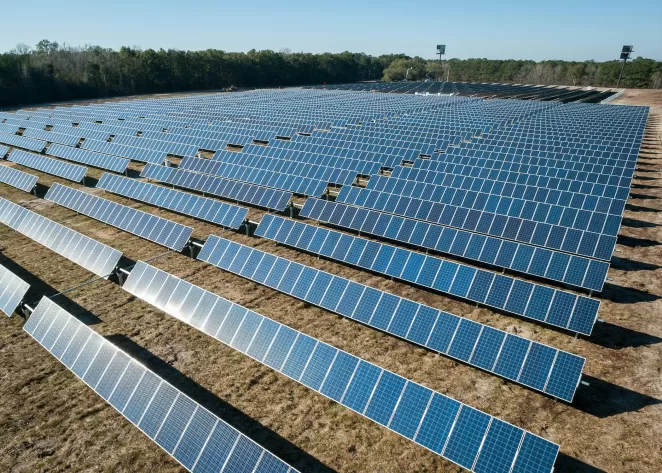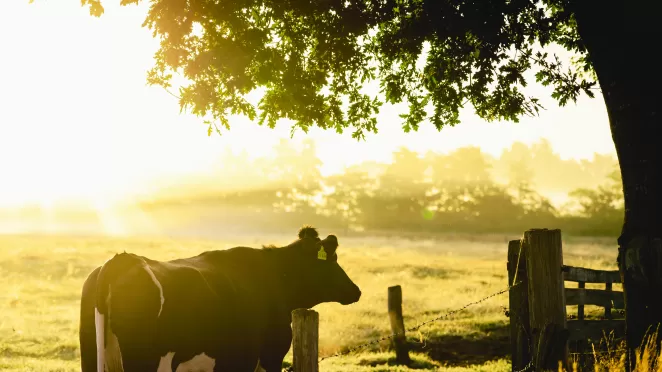Harnessing the Land Sector to Achieve U.S. Climate Goals

Key Takeaways:
In 2021, carbon sequestration from the U.S. land use sector reduced greenhouse gas emissions by 12% of total gross emissions—754 MtCO₂e/yr—demonstrating the critical contribution and potential of the U.S. carbon sink to help meet the country’s ambitious 2030 and 2050 climate goals.
Yet the U.S. carbon sink is threatened by climate change, the effects of land use change, and natural disturbances, such as wildfire. Rapid, near-term actions to improve land sector practices can bolster the carbon sink—providing climate benefits alongside enhanced community resilience, food security, biodiversity, and public health.
An all-of-society or “All-In” U.S. climate strategy will be essential to achieving our national climate goals—meaning integrated action at the federal, state, city, and business levels must prioritize the climate-smart implementation of existing policies all while setting and taking new and ambitious action. With diverse jurisdictions and stakeholders who can benefit from a mutually reinforcing and enhanced All-In approach, the U.S. land sector could realize increased emissions reductions by 2035 and contribute critically toward reaching the U.S. 2050 net zero target.
This multi-model analysis integrates the climate-smart implementation of key policies into economic, physical, and regional considerations, revealing how the U.S. land sector can reverse its declining carbon sink while concurrently acting as a critical component of the country’s economy-wide emissions reduction efforts.
Implementing existing policies in the U.S. land sector, encompassing the forestry and agriculture sectors, can deliver 40% less net emissions in 2035 from 2021 levels. This is achieved by increasing the forest carbon sink by over 10 MtCO₂e and reducing emissions from agriculture by nearly 50 MtCO₂e in 2035.
Full implementation of existing policies plus new and accelerated actions can increase emissions reductions to over 70% by 2035 from 2021 levels through enhanced carbon sequestration from forests and climate-smart livestock management. Additional investments and policies to help secure the carbon sink heading into mid-century include climate-smart tree planting, wildfire mitigation, and precision agriculture.
Paramount to these reductions is the addition and implementation of enhanced climate-smart, comprehensive federal legislation—such as a renewed Farm Bill.
Taking action in the land sector is critical to achieving U.S. climate goals. America Is All In’s new report, “Harnessing the Land Sector to Achieve U.S. Climate Goals,” demonstrates that by mobilizing and expanding climate-smart policies like those in the 2018 Farm Bill and the Inflation Reduction Act, the United States could cut net emissions from forests and farmland by 72 percent by 2035 from 2021 levels. By implementing and expanding upon existing policies, the U.S. can stay on track toward its climate targets and secure the U.S. carbon sink.
Through an all-of-society or “All-In” U.S. climate strategy—meaning integrated action at the federal, state, city, and business levels—current and additional action has the potential to help secure and expand the U.S. land sector —and pave the way toward a sustainable, climate-resilient future. Check out the report to learn how climate-smart land management can enhance carbon sequestration and benefit communities and ecosystems.
